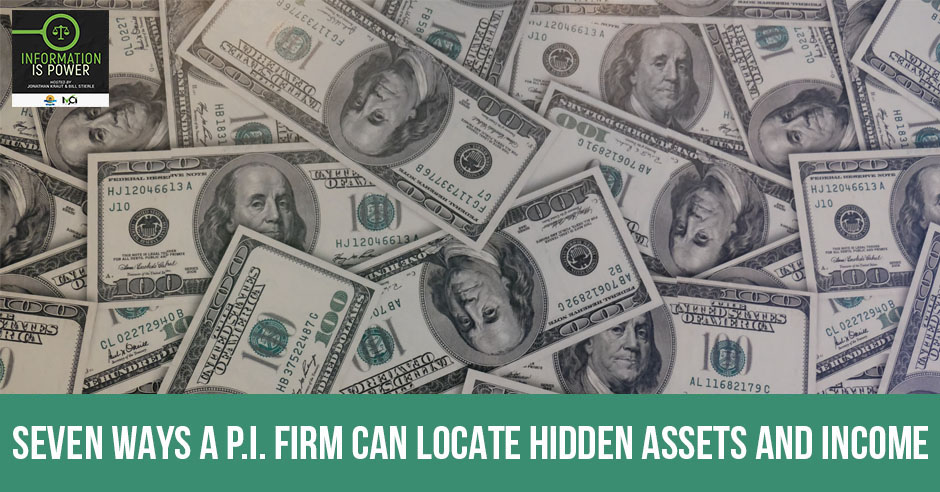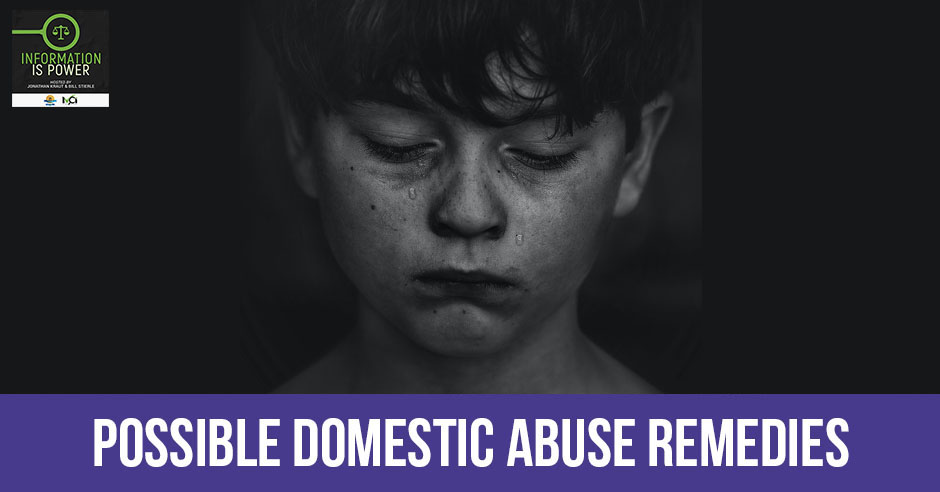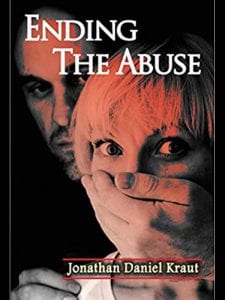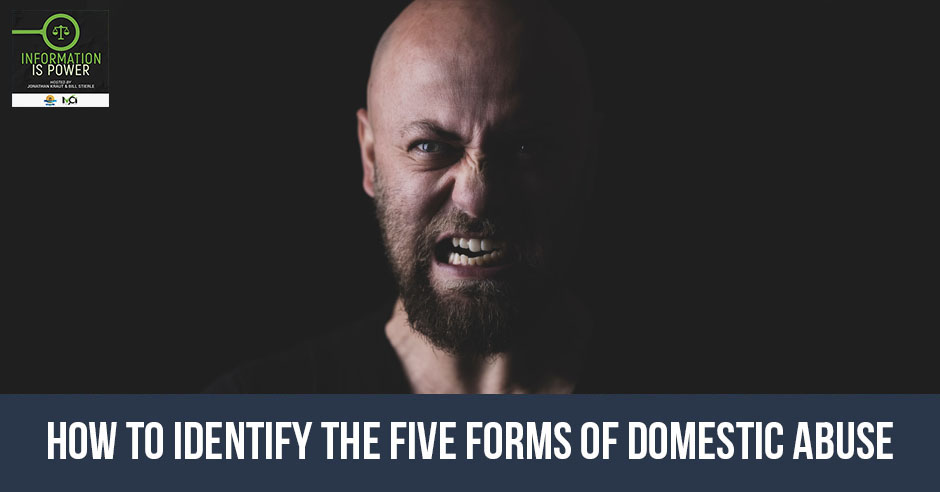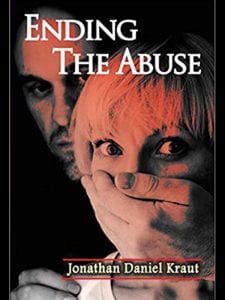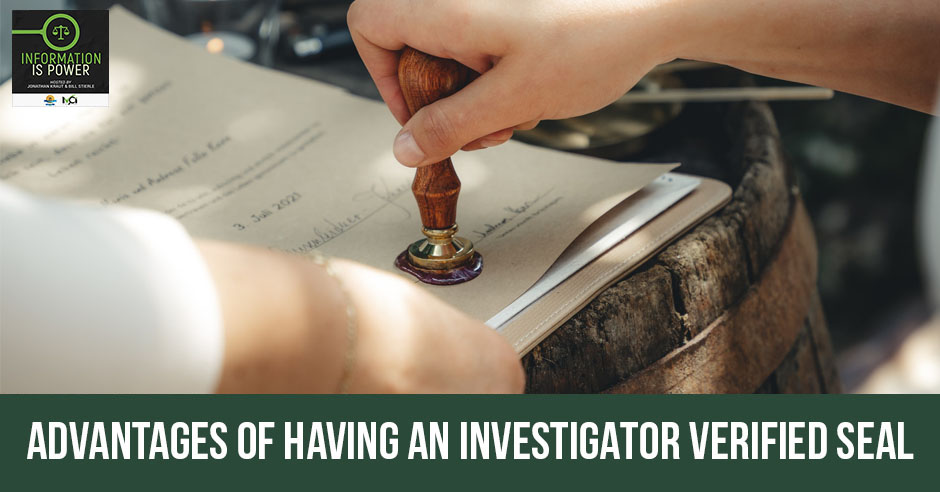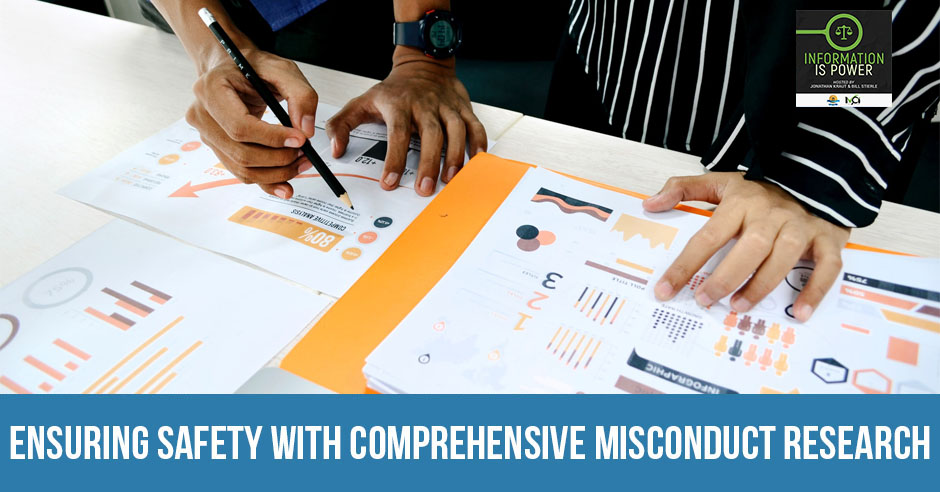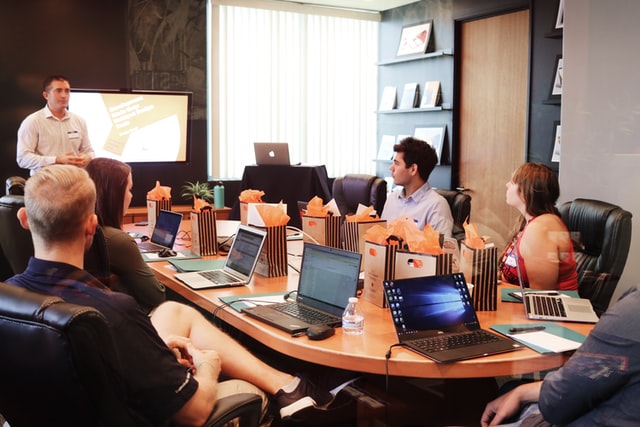Seven Ways A P.I. Firm Can Locate Hidden Assets And Income
It is unfortunately common that a parent will lie about employment, income, and bank accounts just to avoid paying child support, a garnishment, or other obligation. A private investigations firm has several great tools that are court-admissible that can help restore responsibility to those shirking their obligations and debts. Jonathan Kraut gives us the different ways a private investigation firm aid in persecuting people guilty of hiding their assets and income to bypass the system. He provides examples of cases he has worked on before that require them to investigate people’s records, background, and other information to prove the crime.
—
Listen to the podcast here:
Seven Ways A P.I. Firm Can Locate Hidden Assets And Income
Learn How A P.I. Firm Can Find Hidden Assets And Verify Employment
Our discussion is how to locate concealed income for your case. First, let’s define concealed income. I want to mention that this applies to a lot of people who have issues, especially with collections, child support, alimony, spousal support, business garnishments and so forth. Concealed income is defined as a family member, a partner, like a business partner or a romantic partner or associate parent, spouse, a nonprofit volunteer who is either underreporting, embezzling or lying about the income that they are making. The income could be passed through a company. It could be passed through another person. It could be cash. It could be other kinds of earnings. It could be through a business or a personal activity.
It’s basically income that is concealed or not represented accurately. Criminal conduct often does apply to conceal income. The purpose for someone concealing income could be as varied as there are people, but generally, it’s for avoiding child support, alimony or spousal support, tax evasion which is essentially tax-free money, maintaining benefits through the government. For example, if someone makes too much, they will lose some benefits. They’re underreporting their benefit, maybe for government subsistence, for some kinds of funding. When someone is seeking outside support because of underreporting, for example, they want medical care, some government subsidies and they may be lying, it could be for revenge, spite or control to state that they are not making as much money or earning as much income.
Finally, and possibly in many cases, the purpose of concealing income could be for greed to bring in money to themselves. If it’s through a position of trust, it would be called embezzlement which is a crime of felony. In addition to grand theft, there are a lot of crimes associated with taking money or concealing money that is not theirs or should not be concealed.
Seven Ways To Locate Hidden Assets
What does the court need to see? The court does not just say, “You told us they’re concealing money. We’ll assume that what you’re saying is true.” That doesn’t happen. The court will want to see recent or current pay stubs, but with the person who’s earning income, the court could ask for pay stubs or an attorney could subpoena them. The court will get them.
Why is that important? If somebody was working a year ago and they say, “I’m no longer working there. I left the job. I’m unemployed,” a recent bank statement or a recent pay stub that would contradict that, for example, “Two weeks ago, and for every two weeks, for last year, here are your pay stubs. You’ve been paid.” “I forgot about that. I forgot that I was working. I didn’t know.” I’ve heard them. Some of the people in court say, “I forgot I was working. I didn’t know they still pay me.” Bank accounts, bank deposits are great evidence, also current and recent business interaction. For example, one time we had a gentleman who said he was unemployed. His wife was seeking child support for their son and he said, “I’m not working at all. I have no income. I’m destitute and therefore I can’t pay any child support.”

Locating Hidden Assets: Concealed income is defined as a family member or a partner who is either under-reporting or embezzling or lying about the income that they are making.
In fact, we found his business online. We asked him to come to a location to do an estimate on an account. He showed up wearing his logo for the company he supposedly does not work with, driving a car with the logos on the car for the company he no longer works with, offering us a contract with a company he no longer is working with. They gave me three references for recent jobs that he just completed business at which I called, and we subpoenaed them in court. Those individuals showed up and said, “Here’s my contract with him. He’s working on my project right now.” That was fantastic. That’s a recent and current business activity.
Recent usually is within a month or two. Some courts say, “That’s three months ago. Anything could have happened since then.” You want to have it very recent. Recent clients, partners, employees who will state, “Yes, he’s my boss. He just paid me. Here’s a copy of my check.” That would be great. Any recent and personal expenditures related to business or activity, for example, paying a commission or fee or subcontractor are all evidence the work was being done and photo evidence. Another gentleman said, “I’m not working anymore. I’m an inspector and I can’t do the work. I can’t walk and so forth. I can’t pay my fair share.” In fact, we saw him on a construction site with a hard hat and a vest with a hammer belt walking around, checking on other people and we filmed it.
He didn’t know that we were there. When he said, “I don’t work. I swear to that. I say under oath I’m not working.” We showed a video to the judge three days prior that he was on the job inspecting and working. The job that he got, he didn’t report. The judge got pissed. Everything was fair and came outright. The guy was caught and he was very good after that. Sometimes it takes getting caught for someone to be held responsible. Why the attorney is critical is because the right attorney can make or break your case. The wrong attorney can definitely break your case. The attorney that you hire or if you have one should approve what kind of investigation is performed and what the investigation firms should do.
For example, if we were told by an attorney to go and follow this guy and see where he works, film that, that may be one kind of criteria. Let’s say it’s a woman working in an office setting and all we need to do is call her up on the phone, call the business office, film our calling of her that she answers the phone. We can’t record what she says on the other side, but we can film what we say to her and verify that phone number and verify, “Are you so-and-so? I want to send you an email. What’s your email?” We repeat it back to her. “What’s your position?” We repeat it back to her. The filming is of us talking to her. That is admissible in court, but the attorneys would direct us as to how to be effective and what is in their strategy.
Why is the right attorney very important also? They do create a multifaceted strategy. They often don’t say, “Get this one thing,” and that’s it. We want to approach it from several angles so that there’s no way for the other side to squeak around it and to creep past it and pretend that they didn’t know. We want to trap them in every possible way. A good attorney will issue subpoenas. A PI firm like ours cannot issue a subpoena. It has to come from an attorney. That document, that subpoena or witness goes before the court and the court will decide if it’s admissible or not. The court will read the documents that are subpoenaed like bank statements or employment records or pay stubs. The court will also review or interview the veracity, which means the probability that that witness is of value and necessary for the hearing.
The right attorney will provide court-admissible evidence, will prepare for us a list of things to look for and should act with plenty of time in advance. One thing that we hate as a PI firm is to be called at 4:00 and say, “We’ve got three subpoenas. We’ve got an hour to serve them because the hearing is tomorrow.” Attorneys should know a couple of weeks in advance. I’d say 2 to 3 weeks is the right window. Anything under five days is getting tight. Good attorneys are thinking with time on their side to their advantage and they’re not in a hurry. Everything is done methodically. What if that person is not there? What if they moved? We have to have time for those contingencies.
Good attorneys also act with focus. They’re professional. They’re organized. They know what motions to file. They’re not caught by surprise. There should be nothing in court that’s a surprise to a good attorney. They should be ready for pretty much anything. If they’re not ready, it is our job as a PI firm to help them get ready. They also use the information gathered. One horrible story we have is we did catch a woman cheating on her husband with several men. We’ve got a great film. We’ve got testimony. We’ve got hotel bills. We’ve got them making out at the bar. We’ve got all this stuff. The attorney decided he’d rather settle to make some agreement and the client never had their rights represented fully because the attorney who wanted to get out of it was willing to cut a deal. Unfortunately, that happened and we’re very disappointed. We love to gather the information that’s valuable and especially that’s used.
Sometimes, it takes getting caught for someone to be held responsible. Share on XAny good PI firm will want to have their information used in court. That’s why we’re there. Why is the right PI firm critical? We know why the attorney is critical. They’re the ones in court talking. Basically, the person or agency that executes the documents and subpoenas is a PI firm. Law firms can mail things out and sometimes that subpoena is not admissible. Usually, it must be served in person to somebody, usually to the individual named in the subpoena or to a bank or an employer for records or documents. Mailing it in does not always work and sometimes can be challenged. PI firms will issue the subpoena to a person to execute a real service.
PI firms locate and find witnesses. A lot of times the address is wrong. People are hiding. They won’t answer the door. The Sheriff’s Office knocks on the door and nobody answers. We’ll go above and beyond that and wait for them. We’ll do things to get them to come out. We always know what it would be but I don’t want to say. We also can take statements. We help issue affidavits for the person. Let’s say an individual is a witness in a case about money that’s stolen or business dealings that were concealed. We’ll get an affidavit from a person who will help write it up, give it to the law firm or the attorney to dress it up a little bit and go back and have the person sign it. That may prevent them from having to testify in court, yet the concealed income or money in question has been identified by a third party.
We may run databases looking for DBAs, which is Doing Business As, businesses under other names or other entities, nomenclatures that are somehow missing from a person’s report to the court as to where their income is coming from. We have the ability to run FICA or a broker search for bank accounts under certain circumstances. We can conduct court searches. Let’s say someone is concealing their income by having a business that they didn’t disclose. There are ways for us to find out in any state through the secretary of state and other means that they are in business and we can get certified documents from the secretary of state that is them, they’re in business, and this is the name that they’re going after.
We can get the attorney to issue a subpoena which we’ll serve. The whole thing is wide open and the truth comes out. We can also conduct covert activities, meaning they may not see us filming. They may not know that we’re gathering records and information. They may not know that we’re serving subpoenas until it’s already served. We can also pose as another person. This is exciting. The example that I gave about how I was pretending to be someone in need of services, calling someone to come out and give us an estimate or bid. We didn’t need the services, but we’re pretending that we are in need. That is a perfect example of how the right PI firm can help out.
Admissible Versus Inadmissable Evidence
What does the court consider admissible? Independently verifiable evidence gathered in public view or through proper means is admissible. What do we mean by independently verifiable? It’s a picture that does not rely on our testimony, video or recording. It’s something that the electronic device has captured in addition to us saying that it is true. That’s a good example. A subpoenaed document, for example, pay stubs or it could be their employment file. That’s not based on what we say that’s independently verifiable, that information came from either the bank, the company, brokerage firm or something like that.
Eyewitness testimony, as investigators, we can testify as to what we saw, what we heard, where we were, what time of day was it, where we parked or sitting or standing. That is not hearsay. We were present. We saw it and that is admissible. Witnesses that are eyewitnesses, they are admissible. Video and photographic evidence that I mentioned. A lot of times, a private person, friend or neighbor will go and follow or film. Sometimes that is not admissible. It should be by a licensed agency whose job is to gather information. Private data gathered in an illegal manner, for example, a bank account search or brokerage firm search gathered in a certain way is admissible. We can’t hack into their databases and pull it that way. Once we broke the law to get information, it’s not admissible and subpoenaed records. Those are things that are admissible in court.

Locating Hidden Assets: It’s important when talking about money and concealed income to make sure that all your information evidence is admissible.
The court will often ignore the following: fragments or old data, pieces of information that are incomplete, old records, which could be several months, maybe 3 or 4, photos and videos prepared by non-licensed persons, which could be tainted and maybe it was gathered illegally. Incidental evidence, for example, somebody booked an airline ticket, they printed it out, they left it out. It seems to be for a business deal but we don’t know. We can’t prove that that person flew there. We don’t know why they’re going there. We don’t know if it’s for business or for whatever reason. That’s incidental. We have to tie it all in together to make it something the court will take seriously. Affidavits from persons not in court, a lot of times a person must appear and verify that is their affidavit.
Cross-Examination And Sanctions
Sometimes the court will allow it to go through. Sometimes the other side, by law, should have an opportunity to have that person cross-examined by both parties. Information not provided in time, there are a few cases where information was acquired and was not submitted in the time required through a witness list and so many days where both sides have to name and the witness will appear. That time period was missed and those people can’t show up. It’s important, especially when you’re talking about money and concealed income to make sure that all your information evidence is admissible. What types of rulings might be possible? There could be arrearages with interest.
For example, someone has a child support hearing. It is found the other party has been concealing income for two years. It’s determined what that income is. It’s determined what the proper child support should have been paid. The judge could order that amount plus interest in arrears, meaning going backward, be paid from the time where it was determined that they were concealing income. There’s something called sanctions, which I love. Sanctions are ordered by the court for the other side, the losing party, essentially who concealed to pay penalties, maybe pay legal fees, maybe pay and often the investigation fees. If we were hired, for example, our bill is $2,000 to do what we have to do. If it’s found that the other person, through our work, was concealing, it’s very likely that the party hiring us will get reimbursed by the other party for the work that we had to do to prove that they lied. That’s pretty common.
The court could have penalties. Some penalties could be a multiplier, like 3, 5 or 7 times. I’ve even had ten where the court ordered it. Let’s say our fee was $2,000, the court ordered the other party to pay ten times that amount, $20,000 to the other party for causing them to hire us and pay us to prove that the other party was lying or was concealing income. Sometimes the judge will order or an agreement will be made that the clock starts at the time of the hearing. They don’t go back in time. They just started today. That’s not fair. Let’s say we proved that someone concealed their income for a year, but sometimes the judge says, “It just started from today.” That’s very unfair, but we’ve had that as a common ruling.
The judges don’t often like to go back in time. They just say, “From now on, this is what you have to do.” Sometimes even though we’ve proven our case, there are no sanctions, no arrearages and no interest. Sometimes the judge says, “The tax return is what I use. Even though you’ve proven this person has falsified their tax form, I’m going to go with their tax form.” We’ve had that on several occasions. What we do then is ask the other party to file the complaint with the IRS. The IRS does an audit. The tax forms are amended. The amended forms are given to the judge, and the judge has to go back and make it fair and have the person pay arrearages with interest.
Good attorneys have time on their side, do things methodically, act with focus, and are not caught by surprise. Share on XProviding Additional Information After The Hearing Process
Our situation with locating concealed income doesn’t end with the hearing process. There are some investigations that work extremely valuable, very helpful after the hearing, and I’ll list them for you. Let’s say not enough evidence was provided in the hearing. We don’t just go home and stop. We want to keep going. We want to provide additional information to move the court towards what is a fair and proper ruling. Let’s say that the ruling was not consistent with the facts. We’ve had that on occasion where for whatever reason, the ruling did not equal the facts that we’re aware of. We have to go back, get more and maybe prepare it in a different way so the attorney can say, “There’s new information, new evidence. Look at it this way.” A lot of times, that gives the judge an out perhaps for forgetting or missing something, which is not common.
If it does happen, you want to let the judge come to realize that on his or her own without being embarrassed. We want to prove that rulings were ignored. A lot of times, there are rulings that are issued and the party ordered to perform or do certain things does not do it, we will prove that they did not do it. For example, they’re ordered to make payments and they don’t pay. They’re ordered to pay us and reimburse us for the cost of our work and reimburse us. They’re ordered to reveal more information about their accounts and they don’t do it. We’ll help with that. We also want to keep the opposition compliant. They know we’re watching. They know we’re checking that has a miracle all over it. A lot of times they suddenly get compliant, get better and the opposition does what they’re supposed to do. We want to keep them honest and keep it fair, but we want them to do what the court orders them to do.
We want to gather new information that may not have been previously known. More information may come out later and we want to stay on top of it. Generally, a PI firm will support a client all the way through the case, through the hearing and usually for another year or two, we’re on-call or available to help continue the process, especially regarding what I mentioned. I hope this was informative and helpful. If you have any questions at all, my firm and my staff are available as am I. Our website is www.NetCheckPI.com where there’s more information. You can also give us a call. Remember that having the right attorney and the right PI firm can make a big difference in your case. Sometimes it’s not how much they charge, it’s how hardworking and how diligent they are. I want you all to remember that information is power. Good decisions start with great information and our firm and other PI firms like us are available to help at any time. Thank you so much.

